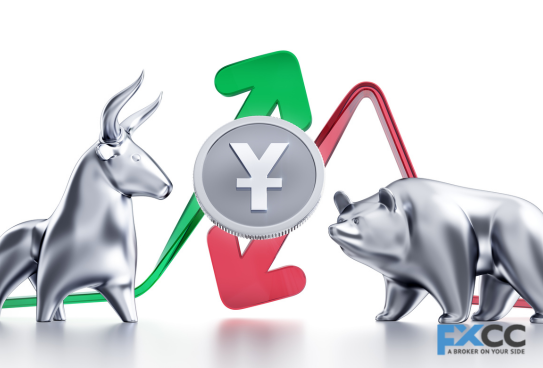The financial markets can feel like a complex jungle, filled with unfamiliar terms and unpredictable movements. But understanding some key elements can help you navigate this terrain with more confidence. One such element is market sentiment, which essentially refers to the overall mood of investors – are they feeling optimistic and ready to charge forward (bullish), or cautious and worried about a potential downturn (bearish)?

The Bullish Stampede: When Optimism Reigns Supreme
Imagine a bull, horns held high, pawing the ground with anticipation. That’s the image of a bullish market. Investors are brimming with confidence, believing stock prices are headed for higher pastures. This optimism can be fueled by a variety of factors:
Strong Economic Growth: A healthy economy with rising employment rates and consumer confidence paints a bright picture for corporate profits, which often translates to higher stock prices.
Positive News and Events: Favorable economic data, record-breaking corporate earnings, and low interest rates can all contribute to a bullish market sentiment. Imagine a company exceeding analyst expectations by a mile – that’s bound to excite investors and potentially drive up the stock price.
Increased Investor Participation: When new investors join the market and existing investors are actively buying stocks, it indicates a strong belief in the market’s potential. Think of a bank run: as more people withdraw their funds, the probability of others following suit increases.

Symptoms of a Bullish Market:
Rising Stock Prices: This is the most obvious sign, with stock indexes and individual company shares experiencing sustained upward trends.
Increased Trading Volume: Bullish markets often see higher trading volumes, as investors are actively buying and selling stocks.
Positive Media Coverage: Financial news outlets tend to be more optimistic during bullish periods, highlighting success stories and potential investment opportunities.
The Bearish Blues: When Caution Takes Center Stage
Now picture a bear, standing its ground and swiping its paw downward. That’s the image of a bearish market. Investors are feeling pessimistic, worried about the future of the economy and potential losses. This negativity can stem from:
Economic Downturn: A slowing economy, rising unemployment, and declining consumer confidence can cast a dark cloud on corporate profits and stock prices.
Negative News and Events: Geopolitical tensions, trade wars, and unexpected interest rate hikes are just some of the events that can trigger bearish sentiment. Imagine a major international conflict disrupting global supply chains – that’s bound to spook investors and lead to selling.
Investor Flight: When investors lose faith in the market and start pulling out their money, it can create a downward spiral as stock prices fall. Picture a scenario where the more individuals pull out their money from a bank, the greater the chances that others will do the same, creating a domino effect.
Symptoms of a Bearish Market:
Falling Stock Prices: This is the key indicator, with stock indexes and individual company shares experiencing sustained declines.
Decreased Trading Volume: In a bearish market, investors tend to be more cautious, leading to lower trading volumes.
Negative Media Coverage: Financial news outlets often become more pessimistic during bearish periods, focusing on potential risks and market downturns.
Beyond Black and White: The Nuances of Market Sentiment
It’s important to remember that market sentiment isn’t a binary switch – it’s more like a spectrum. There can be periods of bullish consolidation, where prices hold steady after a significant upward climb, and bearish corrections, where prices experience a temporary dip amidst a generally downward trend. Additionally, different sectors of the market may exhibit different levels of bullishness or bearishness. For example, technology stocks might be booming while energy stocks are struggling.
Using Market Sentiment to Your Advantage: A Word of Caution
While understanding market sentiment can be a valuable tool, it shouldn’t be the sole driver of your investment decisions. Here are some things to keep in mind:
- Market Sentiment Can Be Fickle: Investor emotions can shift quickly based on news or events. Don’t chase fleeting trends blindly.
- Focus on Long-Term Goals: Short-term market fluctuations are inevitable. Invest with a long-term horizon and a diversified portfolio to weather market ups and downs.
- Do Your Research: Don’t rely solely on market sentiment to pick stocks. Conduct thorough research into individual companies and their underlying fundamentals.
- Consider Your Risk Tolerance: Are you comfortable with the potential for significant losses? Tailor your investment strategy to your risk appetite.
Bottom Line: The bottom line is that understanding market sentiment can be a helpful tool for navigating the financial jungle. By recognizing the signs of a bullish or bearish market, you can gain valuable insights into investor psychology. However, remember that sentiment is just one piece of the puzzle. Always prioritize thorough research, a long-term perspective, and a risk-tolerant investment strategy for making informed financial decisions. Don’t get swept away by the herd mentality; chart your own course towards your investment goals.


